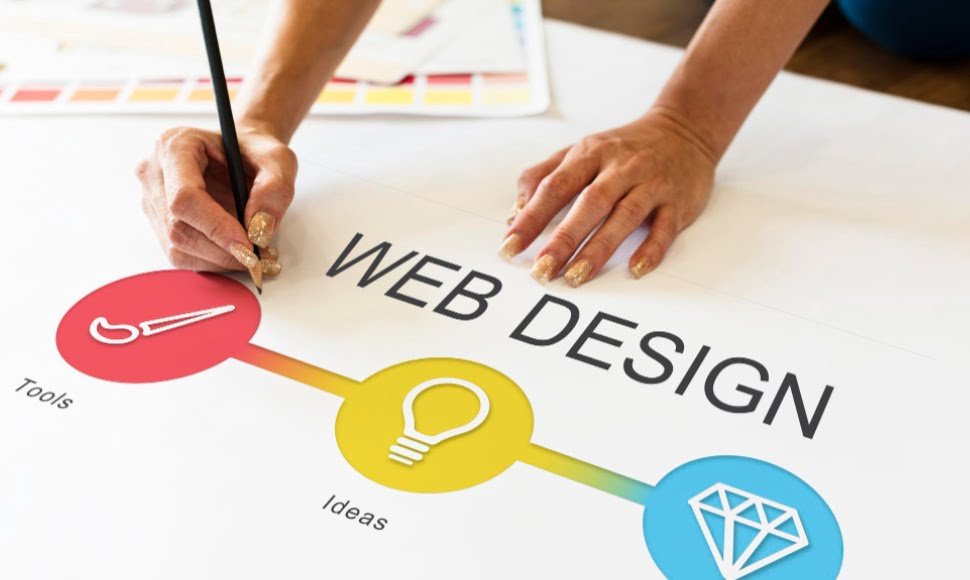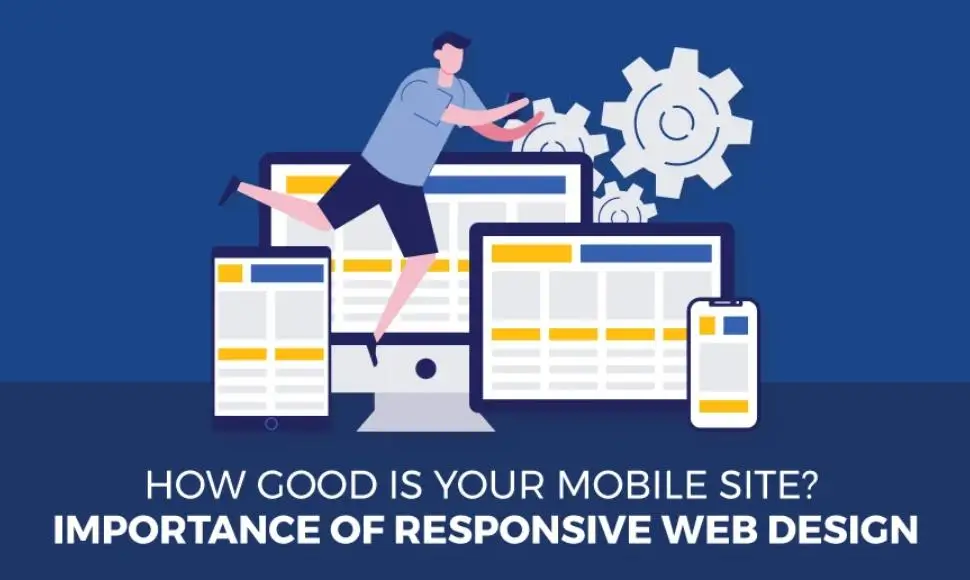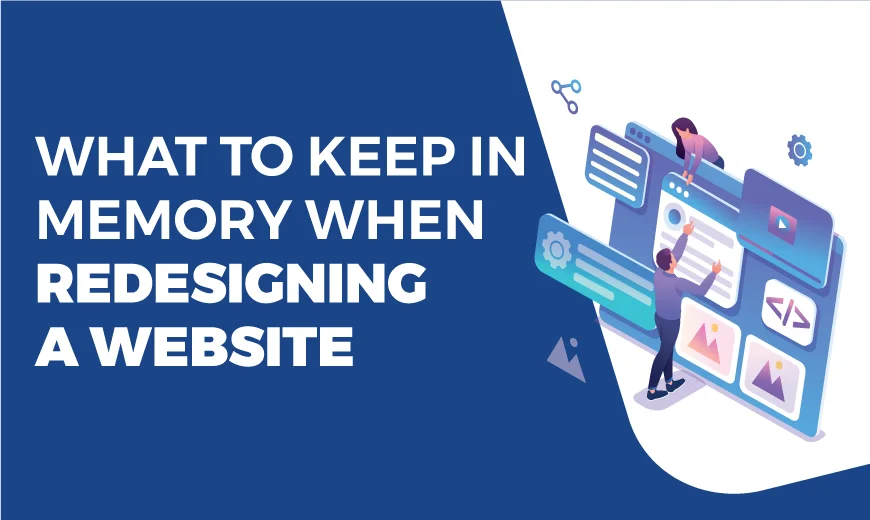
9 Things Visitors Look for In a Website (And How You’re Disappointing Them)
Table of Contents
Does your business website include your contact information or phone number?
If no, 44 percent of visitors are likely leaving your website without even engaging with it. This is the biggest reason why having a ‘Contact’ webpage is SO VERY important. Not because it’s cute or everyone else has it. Because a contact page makes up for a good UX.
In today’s data-abundant world, it’s not hard to conclude what website visitors look for the foremost—and what they dislike the most. Yet still, the majority of business owners, web developers, and marketers pay less heed in this dimension. They remain busy in following the traditional ways, leaving plenty of high-conversion opportunities that rich user data validate.
Do you want to know what the visitors look for in a website? Or better, why your website is failing to deliver an effective user experience to all?
The answer isn’t as complicated as it may look. Here are 9 things website visitors want—and how you can NOT disappoint them:
1. (Engaging) Contents to consume
As obvious as it may look, you would be surprised just how many business websites lack the required contents. While some believe the design is completely adequate, others decide to just have the sales pages on their website. Both are wrong.
Even when acquainted with the brand or product, people want contents before committing to purchase your products or subscribe. And not just any content but the highly engaging one that grips them in, resolve all their queries and progress them systematically in the sales funnel.
So, get the contents of your landing pages proper and pleasing. Fill the web pages with relevant, sufficient and engaging texts, images and videos. Your website visitors would want them!
2. Contact and About Page
If no one told you this already, here’s a big flash: ‘Contact’ and ‘About’ are two of the most important web pages on a website. Visitors want to know about you. And once they know, they would want to contact you. That’s the basic dynamic behind this.
In fact, 64 percent of visitors want to see a company’s contact information once they are on the homepage and 52 percent of them want to see the ‘About’ information.
Do you have ‘About’ and ‘Contact’ web pages? How good are they? Do they have enough details to fit in what the visitors are looking for? CHECK NOW!
Your ‘About’ webpage must include who you are, what’s your business is about, what kind of products you offer, what is your business mission and, basically, why does your brand exist. The better you are at storytelling, the greater will this page be for you. On the other hand, your ‘Contact’ page must outline all the ways a visitor can connect with you in the easiest of ways. It should include an email address, social media links, phone number and physical address.
3. Higher readability
So, you created amazing contents. And you believe your About and Contact sections are the total killer that would surely serenade all the website visitors. But here’s the biggest bummer though—what if the visitors can’t read, satisfyingly, anything that you have written?
It escapes many designers and marketers’ attention, but readability is one of the biggest challenges of their website. So small or so big – or with poor font family and style – that their contents cannot be properly consumed. This is more of a problem for who many forget to optimize their website.
Here are a few tips to fix things in this department:
- Copy the font size, style, font-family, letter-spacing and line height of your most successful competitors.
- Have separate font size for desktop and mobile visitors.
- Keep the paragraphs small in length; two to three lines per paragraph is enough.
- Highlight important words or information by making them bold.
- Avoid using all caps in headings and sub-headings.
- White background and black text is the best combination. Stick to it unless you have data or proper reason to go for something else.
Do these and the readability of your website will see a significant boost in UX.
4. ZERO lags, highest speed
53 percent of mobile visitors leave a website if it takes longer than 3 seconds to load. And 39 percent of them stop engaging with a website if its images don’t load or take time to load.
These numbers very well put forth the importance of having a website that loads fast and functions smooth. Because if you lag in this department, it could undeniably wreck your entire business.
Thankfully, optimizing your site for higher speed is much easier. There are many tools to help you do that, and even more troubleshooting guides. And, in case, if your DIY approach fails, you can always hire a developer and designer to help you fix the problem.
5. Ease-of-use
What would you do if you visit a website and can’t find the navigation bar? Or how would you react if you have to go all the way down of the page to navigate to somewhere else? You would definitely be frustrated and might eventually hit the ‘red cross’ at the top of the browser.
Are your website visitors in the same place, going through the same frustration? How easy is it to access your website? How quickly can a visitor get comfortable with its layout?
Simplify your website. Start by fixing your navigation bar and organizing the web pages correctly. Have a proper sitemap. Keep the interface clean with limited colors, designs, and features. Avoid the unwarranted popups, sliders and welcome mats, and make the most of your footer. Such small steps can easily make your site much easier to use and engage.
6. Consistency and creativity
We already have the shortest attention span in human history. That’s bad enough that you have an inconsistent and pretty boring website. Of course, your visitors will leave the website within seconds to never return back.
Consistency and creativity are two important aspects of websites that tout a lower bounce rate and higher retention. You simply cannot have a sidebar on one page and none on the other; or your footer shouldn’t be of different color on different web pages; or, for that matter, you cannot use a diverse range of font families for one website just for the sake of being different and cool.
Your overall website design must have a consistency on multiple layers. Also, it must be slightly fresh in the layout to have its own individuality. Improvements in these departments will have your visitors go head-over-heels.
7. Call to Action (CTA) buttons
Maybe your target audience is quite smart. But still, they need to be explicitly told what they are supposed to be doing; at least if you want high conversion quickly. Sadly, many business owners will talk about everything on the website and do all kinds of shenanigans except being direct and tell visitors what they want them to do.
Have clear (and attractive) Call-To-Action buttons all over your website. Navigate visitors to sections and pages in accordance to the sales funnel and customers’ journey. Because if you don’t, they will end up feeling lost. And this is one of the biggest conversion mistakes you can make.
8. Sense of personalization
If you have observed it as of late, you would know that AI-powered lead generation chat solutions are in the mainstream now. And the underlying reason behind that correlates psychology.
See, universally, chat-box exudes a one-on-one conversation feel. This adds a layer of personalization between the business website and visitors that everyone likes. Who doesn’t like feeling special?! This, if nurtured well with the right messages, can build a trustworthy relationship between the two.
Similarly, aside from chat plugin, there are many ways to add a sense of personalization to your website and make your visitors feel special. And once you get them in that phase, conversion becomes very easy and quick.
For the starters, use data and leverage on geolocation feature to personalize your content on the basis of the location of your website visitors. You can also use situation real-time data to engage the visitors through the most relevant products and contents.
Or, in the simplest way, you can use few generic “powerful words” to capture visitors’ attention and make them feel like you’re talking to them personally. Like, “we know what you’re looking for” or “Old refrigerator just died? We’ve got better replacements!”
Web personalization is the next-gen step in CRO. There’s a reason why top agencies and marketers are going gaga over it.
9. The fewer possible clicks
Indeed, this might sound like a vague and rhetorical thing but think about it for a minute. Today, in this age, people want everything in the quickest way possible. Like mentioned already, even a delay in 3 seconds can upset more than 50 percent of website visitors. Now isn’t that insane?!!!
If you want to improve the experience of your website visitors, the simplest approach you can take is to provide them with exactly what they are looking for in the quickest way possible.
So, we’ll outline it again—simplify your website and kill the multiple layers. Don’t make your visitors work to get what they are looking for. Don’t push them to make one more click to do something that they want to do.
The first thing you can do in this department is optimize your sales pages for your visitors and NOT search engine. Strike a perfect balance between sufficiency and excess of content, between being persuasive and pushy. Second, fix your sales funnel and make it as short as possible.
These are 9 things that visitors look for in a website—9 ways how you can not disappoint them with your own business website.
So, if you see your site lagging in any of these points, fix it as soon as possible. Hire professionals if needed. Such small changes can make a big difference for you, optimizing your UX and boosting your conversion.
Good luck!
 +91 98792 74063
+91 98792 74063












